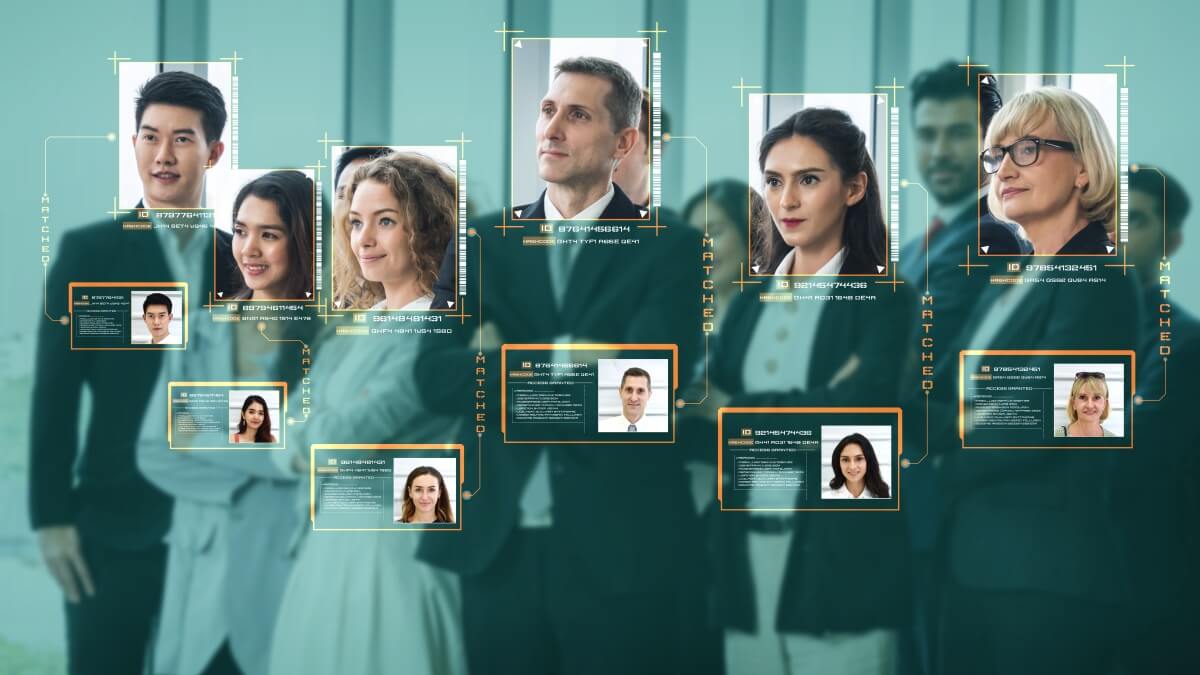In the realm of authentication and identity verification, face recognition technology emerges as a transformative force, bridging the gap between convenience and security. With its ability to accurately authenticate individuals based on their unique facial features, face recognition is revolutionizing the way we approach authentication processes across various sectors. Let’s explore how this innovative technology is bridging the gap in authentication and reshaping the future of identity verification.
Traditional methods of authentication, such as passwords, PINs, and security tokens, often present challenges in balancing convenience with security. Passwords can be forgotten, stolen, or easily guessed, while security tokens require physical possession and can be lost or stolen. Face recognition offers a seamless alternative that combines convenience with robust security measures.
At the core of face recognition technology lies advanced algorithms that analyze facial features such as the distance between eyes, nose shape, and jawline to create a unique biometric profile for each individual. This biometric data serves as a digital signature, enabling accurate and reliable authentication without the need for physical tokens or memorized passwords.
One of the key advantages of face recognition in authentication is its user-friendly nature. Unlike traditional authentication methods that may require users to input complex passwords or carry physical tokens, face recognition offers a frictionless experience. Users simply need to present their face to a camera or sensor, allowing for quick and effortless authentication.
Moreover, face recognition enhances security by reducing the risk of unauthorized access and identity theft. Biometric authentication based on facial features offers a higher level of security compared to passwords or PINs, which can be easily compromised. By leveraging the inherent uniqueness of each individual’s facial features, face recognition provides a robust authentication solution that is resistant to fraudulent attempts.
The adoption of face recognition technology extends across various sectors, including finance, healthcare, government, and retail. In the financial industry, for example, face recognition is used to secure online banking services, authenticate transactions, and prevent fraud. In healthcare, face recognition helps healthcare providers verify patient identities, access medical records securely, and ensure compliance with privacy regulations.
Furthermore, face recognition is playing a vital role in border control and immigration processes, enabling authorities to verify travelers’ identities quickly and accurately. In retail environments, face recognition technology is being utilized to personalize customer experiences, streamline checkout processes, and enhance security measures.
As advancements in artificial intelligence and machine learning continue to improve the accuracy and reliability of face recognition algorithms, the potential applications of this technology in authentication are boundless. However, it is essential to address concerns surrounding privacy, data protection, and algorithm bias to ensure responsible deployment and usage.
In conclusion, face recognition technology is bridging the gap in authentication by offering a seamless and secure identity verification solution. With its user-friendly interface and robust security measures, face recognition is reshaping the way we authenticate individuals across various domains. By embracing this innovative technology responsibly, we can unlock new possibilities in authentication and pave the way for a more secure digital future.


